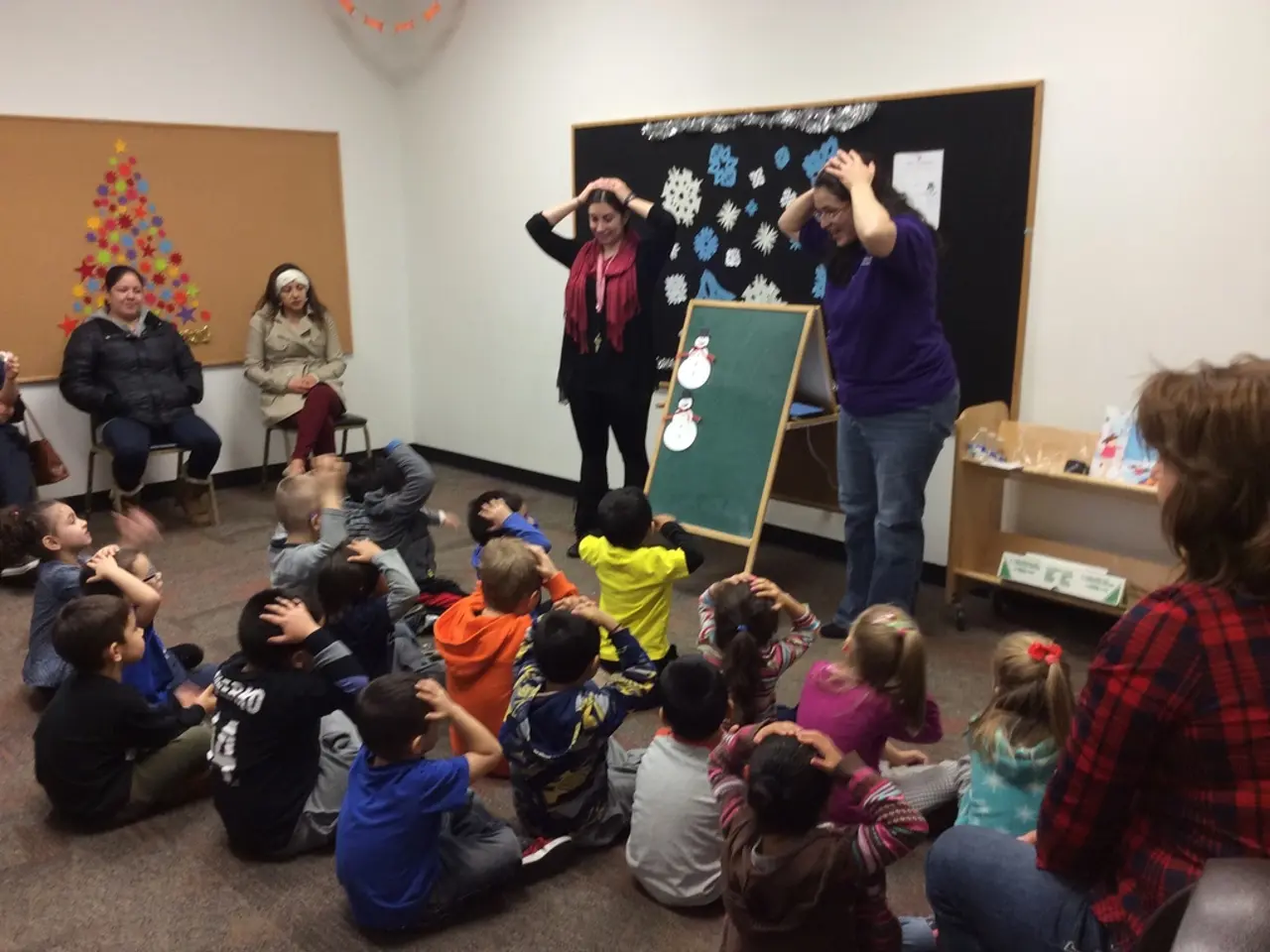Educational Opinion: Tutoring serves as an effective training base and automatically creates a pool of future educators
Transforming Tutoring into a Strategic Talent Pipeline for Future Educators
In an effort to address the persistent teacher shortage crisis, school districts are increasingly viewing tutoring as an integral part of their educational fabric and future educator development. This shift is driven by the recognition that tutoring programs can serve as strategic talent pipelines, strengthening the future of the teaching workforce.
A significant concern is the high turnover rate among K-12 teachers, with nearly one in five planning to leave teaching or expressing uncertainty about their future in the profession. Tutoring offers a practical and low-barrier entry point into education, allowing recent graduates, including those from Generation Z, to gain hands-on experience working with students. This experience can foster confidence and provide a bridge into the classroom for future educators.
Generation Z workers, in particular, value roles committed to social impact, professional growth, sustainable work-life balance, flexibility, remote opportunities, mental health, stability, and mission-driven work. By offering flexible, purpose-driven opportunities, school districts can attract Gen Z professionals and provide them with a meaningful entry point into teaching.
Tutors from Generation Z often bring fresh energy, reimagining how to engage and inspire students, and fostering creativity and new approaches to learning. Moreover, they are the most ethnically and racially diverse generation yet, with over half identifying as first-generation college students. This diversity is crucial in creating a more representative and inclusive teaching workforce.
School districts can employ several strategies to attract and retain these tutors as future teachers. Designing tutor roles with flexibility, providing mental health supports, creating intentional apprenticeship or residency pathways, developing formal programs that connect tutoring to teaching careers, and leveraging tutoring experience in recruitment messaging are all effective approaches.
For instance, the Washington, D.C. school district launched a tutor-to-teacher apprenticeship program after success with high-impact tutoring. Similarly, in Texas, teacher residents are required to work as tutors and in other support roles while co-teaching with a mentor. The Ignite Fellowship launched by Teach for America in 2020 has resulted in 550 of its former tutors becoming full-time teachers.
By optimizing the effectiveness of tutoring programs, school districts can fill persistent teacher shortages with motivated, trained professionals. This approach not only benefits the education system but also provides young professionals with a meaningful and rewarding career path.
This article is brought to you by our organization, a nonprofit, independent news organization focused on inequality and innovation in education. Our work is free to all readers but not free to produce. We keep educators and the public informed about pressing issues in education, providing in-depth, fact-based, and unbiased reporting.
[1] Saga Education. (2021). The Tutor-to-Teacher Pipeline: How Schools Can Build a Ready-Made Pipeline of Young Future Educators. Retrieved from www.sagaeducation.org/resource/the-tutor-to-teacher-pipeline
[2] Teach for America. (2021). Ignite Fellowship. Retrieved from www.teachforamerica.org/join-our-movement/ignite-fellowship
[3] Washington, D.C. Public Schools. (2021). Tutor-to-Teacher Apprenticeship Program. Retrieved from www.dcps.dc.gov/page/tutor-teacher-apprenticeship-program
[4] Texas Education Agency. (2021). Teacher Residency Programs. Retrieved from www.tea.texas.gov/texas-educators/alternative-certification/teacher-residency-programs
[5] National Center for Education Statistics. (2021). Teacher Shortages. Retrieved from nces.ed.gov/programs/coe/indicator_tfb.asp
- By designing tutoring roles with focus on social impact, professional growth, and diversity, education systems promote equality in education, providing an avenue for Generation Z professionals to gain experience and transition into a career in education, thereby addressing the persistent teacher shortage and inequality.
- In an effort to foster innovation in education, school districts are emphasizing education-and-self-development through tutoring programs, which provide flexible, purpose-driven opportunities for young professionals to gain hands-on experience, while simultaneously developing career-development pathways that strengthen the teaching workforce, ensuring a more diverse and representative future for the education sector.




